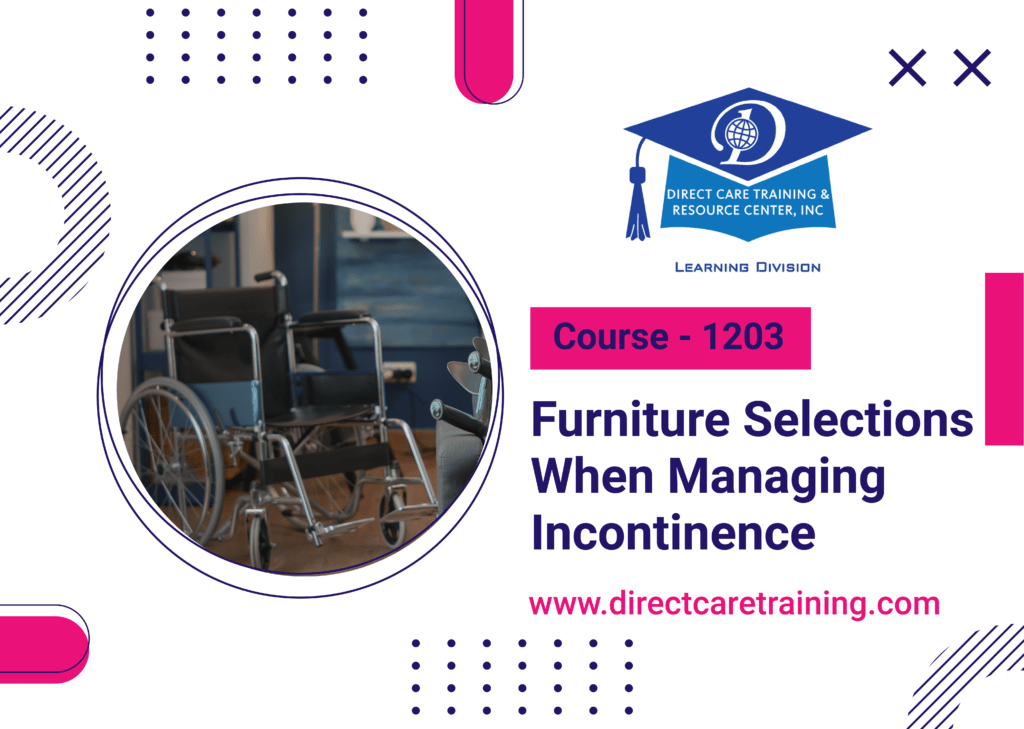Group homes serve as a sanctuary for many individuals, offering a blend of comfort, security, and community. However, the diverse needs of residents, including challenges such as incontinence, require specialized attention, especially in the realm of interior design. One aspect that often gets overlooked but holds significant importance is furniture selection. Making the right furniture choices can drastically improve the quality of life for residents dealing with incontinence, and here is why it matters1 . :
1 . Dignity and Self-Esteem:
Dealing with incontinence can be a challenge, both physically and emotionally. Furniture that is designed to handle such situations discreetly ensures that residents maintain their dignity. This seemingly small detail can bolster self-esteem and overall well-being.
2 . Hygiene and Cleanliness:
Furniture materials that are easy to clean and resistant to moisture help maintain a hygienic environment. This is essential not only for residents with incontinence but also for the overall cleanliness and hygiene of the group home.

3 . Durability and Longevity:
The right furniture selections, made from high-quality materials, ensure durability, especially in the face of frequent cleanings or potential accidents. This leads to cost savings in the long run, as the furniture will not need frequent replacements.
Direct Care Training & Resource Center, Inc. has a learning product that addresses this issue:
4 . Comfort is Key:
While the functionality of furniture is crucial, comfort should not be compromised. Residents spend a significant amount of time using this furniture. Combining moisture-resistant and easy-to-clean properties with comfort ensures that residents feel at ease in their living spaces.
5 . Aesthetics Matter:
Dealing with incontinence does not mean residents should live in a sterile, hospital-like environment. Modern furniture designed for such needs can be both functional and stylish, ensuring that group homes remain inviting and homely.

6 . Safety First:
Furniture that is not designed for incontinence can become slippery or unstable when wet. Choosing the right materials and designs can reduce the risk of falls or accidents, ensuring the safety of residents.
7 . Economic Benefits:
While there might be an initial investment in specialized furniture, the long-term benefits, including reduced cleaning costs, fewer replacements, and decreased risk of accidents, offer economic advantages for group homes.
8 . Building Trust with Families:
For families and guardians, knowing that a group home has taken such considerations into account reinforces trust. It demonstrates a commitment to the well-being and dignity of residents, assuring families that their loved ones are in compassionate hands.
In Conclusion:
Furniture in group homes is more than just decor—it is a crucial component of residents’ daily lives. For those managing incontinence, the right furniture selections can make a world of difference, offering dignity, safety, and comfort. By investing in thoughtfully chosen pieces, group homes can provide an environment that truly understands and caters to the unique needs of each resident, reinforcing the essence of care and community that lies at the heart of these establishments.

Another Blog Post by Direct Care Training & Resource Center, Inc. Photos used are designed to complement the written content. They do not imply a relationship with or endorsement by any individual nor entity and may belong to their respective copyright holders.
| Follow us in the Social Stratosphere… | ||||
|
|

